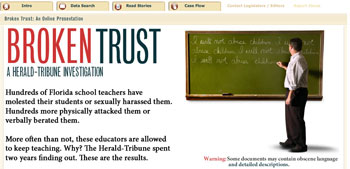 It was about time. I finally got around to upgrading this humble publication to WordPress 2.1.2, and boy is it swell. It has more robust options and better post editing. And kudos to Dreamhost for providing a hassle-free upgrade tool.
It was about time. I finally got around to upgrading this humble publication to WordPress 2.1.2, and boy is it swell. It has more robust options and better post editing. And kudos to Dreamhost for providing a hassle-free upgrade tool.
I wanted to share with everyone the nifty plug-ins I installed, just because they’re all so damn cool:
Akismet – This spam-fighting plug-in has saved my inbox from the deluge of pharmaceutical advertisements. The plug-in compares all incoming comments to an enormous spam database and relegates all the garbage to a separate folder where it can’t bother me ever again.
WP-Email – Hey, I’m starting to feel like a bona-fide news source with my new “E-Mail This Post” links! This plug-in is powerful but can be a bit problematic to install. Read through the “Installation,” “Upgrade,” and “Usage” tabs carefully, or your install won’t work. But it was certainly worth the trouble. Fortunately, the creators have a great support forum.
Sociable – I know it screams “nerd” to have the little social bookmarking icons, but I finally succumbed. Sociable supports more than 60 different sites, so make sure to drop me a comment if your favorite site isn’t in my icon bar. Big, big thanks to Bryan Murley for sharing this one with me.
Live – This is more interesting than useful, but this plug-in lets you look at all your site visits in real-time, which is way cool. Using a set of simple icons, Live distinguishes between direct visits, RSS feed visits and comments. Plus, it shows the referring URLs.
WordPress Mobile Edition – All you handheld device addicts, this one’s for you. Mobile Edition shows a mobile-friendly version of your blog when it sniffs out a compatible handheld device. With no big muss nor fuss to install, this one is a must-have. And while you’re at it, check out the Ultimate Gamer’s Pack to get plugins for displaying your blog on the Nintendo DS, Nintendo Wii and Sony PSP. As if my little nephews actually visit my blog…
WordPress and thy plug-ins, I do so love thee. If any of you have any great plug-ins you just can’t live without, do share!




 It was about time. I finally got around to upgrading this humble publication to
It was about time. I finally got around to upgrading this humble publication to 

